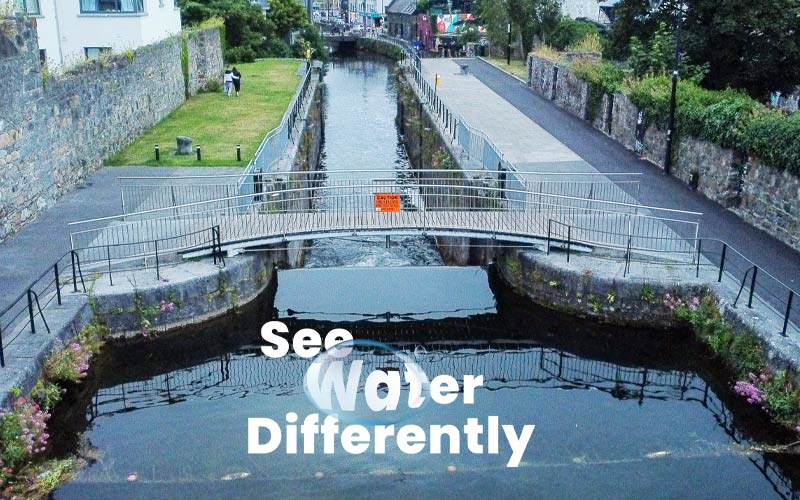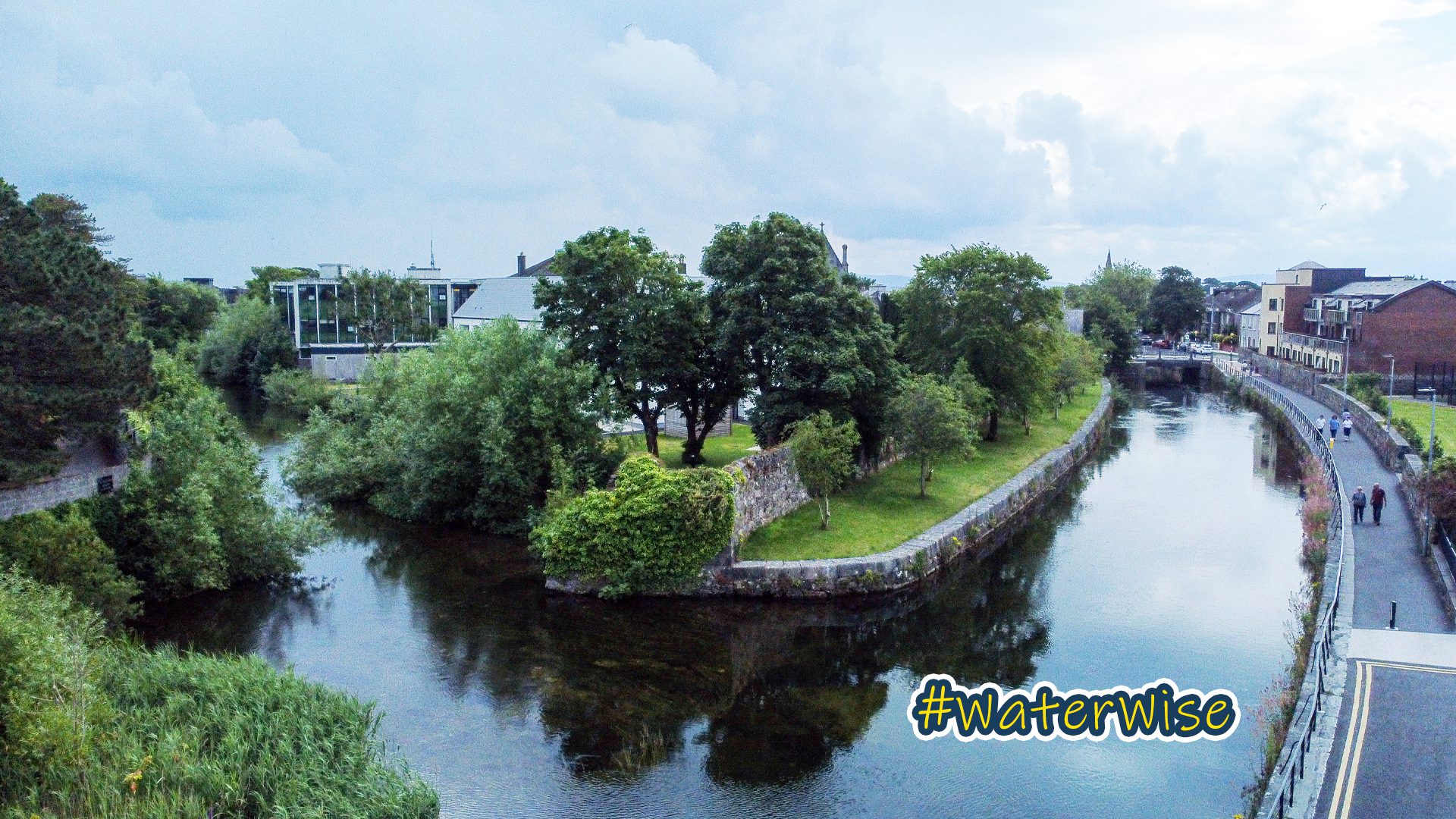Canal, Galway City

Canal Story, See Water Differently
As we continue our journey to See Water Differently, we took a gentle stroll along the Canal.
Here are some of the things we learned and experienced.
The Eglinton Canal was constructed between 1850 and 1852 for three purposes. The first and most well known was to connect Lough Corrib to the sea at Galway so that goods could be transported in both directions. The second and less well-known reason was to provide a more reliable flow of water to power the many mills that were already located along the natural rivers that were incorporated into this hydrological system.
These were the Gaol, St Clare, Parkavera, and Madeira Rivers.
The third reason was to provide paid employment during the famine period. The walls of the Canal were constructed of black limestone taken from the Angliham quarry in Menlo while the spoil from the excavation was used to build foundations for the Queen’s College Galway (NUI Galway) quadrangle and the road along the Claddagh Quay.
The canal has two locks: the Parkavera Lock, and a lower lock that links the Claddagh Basin to Galway Bay.
Source: https://galwaywaterways.ie/

The canal is named after Archibald William Montgomerie the Earl of Eglinton who as the Lord Lieutenant (governor) of Ireland officially opened the canal on August 28th in 1852.
LOCK GATES
During the 18th and 19th Centuries the canals, particularly the Eglinton Canal, were integral to Galway’s industrial and commercial development. They facilitated the transportation of goods, supporting local industries such as milling, brewing, and distilling.
The canal system helped Galway develop as a key economic hub in the west of Ireland, boosting trade and commerce, while those industries are long gone, we can do a lot to make these canals havens for biodiversity.
To See Water Differently
Lock Gate Video
